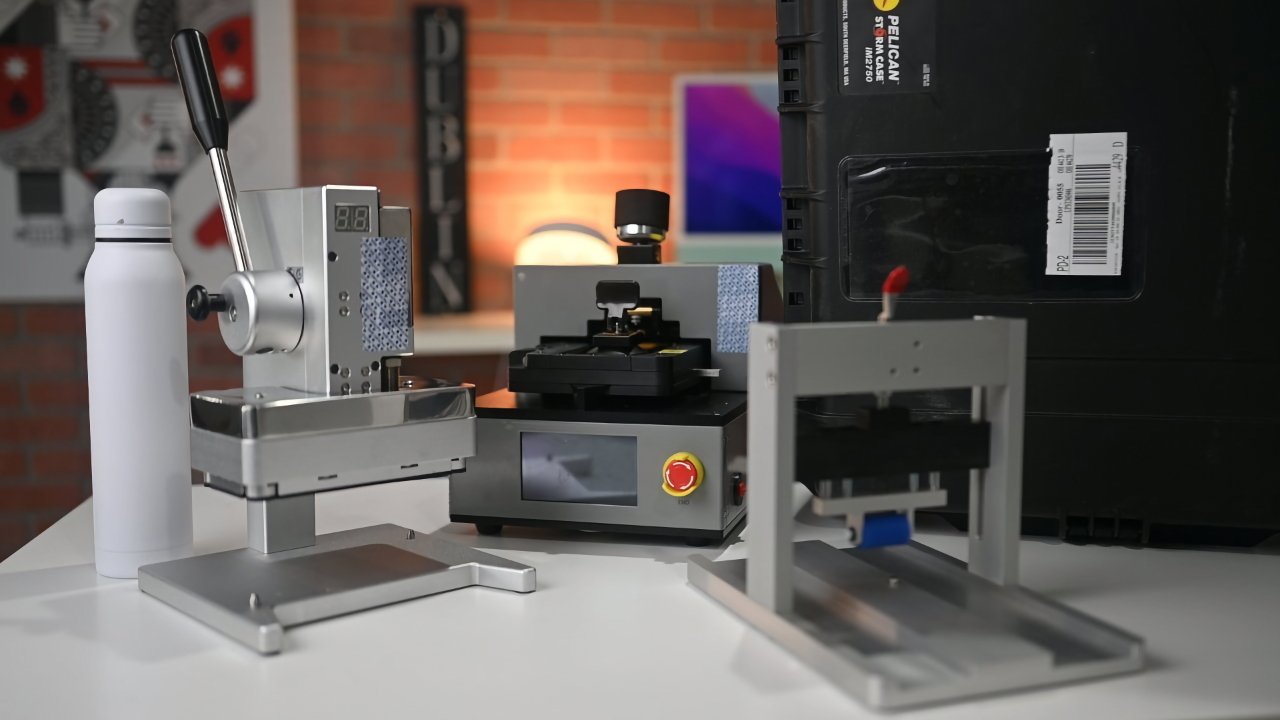Alongside supporting more iPhone and Mac devices with its controversial Self Service Repair program, Apple is updating its software tools so repairers don’t have to call to register parts.
Apple says that it has “over the past three years,” it has “nearly doubled the number of service locations with access to genuine Apple parts and tools. Its formal Self Service Repair program only launched 14 months ago.
Since its initial launch with a limited number of eligible devices, Apple has steadily expanded the program to more iPhones and Macs, and to more countries. It continues to be less than right-to-repair advocates were hoping, though.
Now from June 21, 2023, Apple says that it is expanding its program to include repair options for:
- The iPhone 14 lineup
- 13-inch MacBook Air M2
- MacBook Pro models with M2 Pro
- MacBook Pro models with M2 Max
- Mac desktops with M1 (in specific countries)
- True Depth camera for iPhone 12 and iPhone 13 linups
- Top speaker for iPhone 12 and iPhone 13 linups
Apple notes that the True Depth, speaker, and M1 desktop Mac options will be available at launch in the US, Belgium, France, Germany, Italy, Poland, Spain, Sweden, and the UK.
It’s not clear whether this is a full list of the newly-eligible devices, but it’s notable that it does not as yet include the 15-inch MacBook Air.
“Apple will also make the System Configuration process used for iPhone repairs, such as displays, batteries, and cameras, even easier to use,” said Apple in a statement. “System Configuration is a postrepair software tool that ensures repairs with genuine Apple parts — designed and tested to internationally recognized standards — were completed correctly, and the parts are working properly.”
One key improvement to System Configuration is that users will be able to run app without having to contact Self Service Repair support. Although, Apple notes that “the team will still be available to assist as needed.”
The new expansion is unlikely to reduce criticism of the program, which centers on how Apple arguably makes repairs arduous. Nonetheless, it has led to Apple’s devices becoming more repairable.
This story originally appeared on Appleinsider

